Who hasn't heard a person say "run with your eyes wide open"? and "stand up straight" and "pull his arms out"? Easy to say, but not easy to do when you can't see yourself ! Very often, we have the impression that we are self-correcting and running the same way as Eliud Kipchoge (marathon record holder in 1h59min40sec), but the reality is far from it. The solution has it all? Being able to film yourself in the simplest of ways during training to discover the points you need to work on.
What is a biomechanical analysis?
Biomechanical analysis, or motion analysis, simply means filming a person walking or running on flat ground. This video will allow us to study the runner's technique and evaluate certain aspects that are detrimental to better performance and/or the appearance of injuries that are difficult to treat.
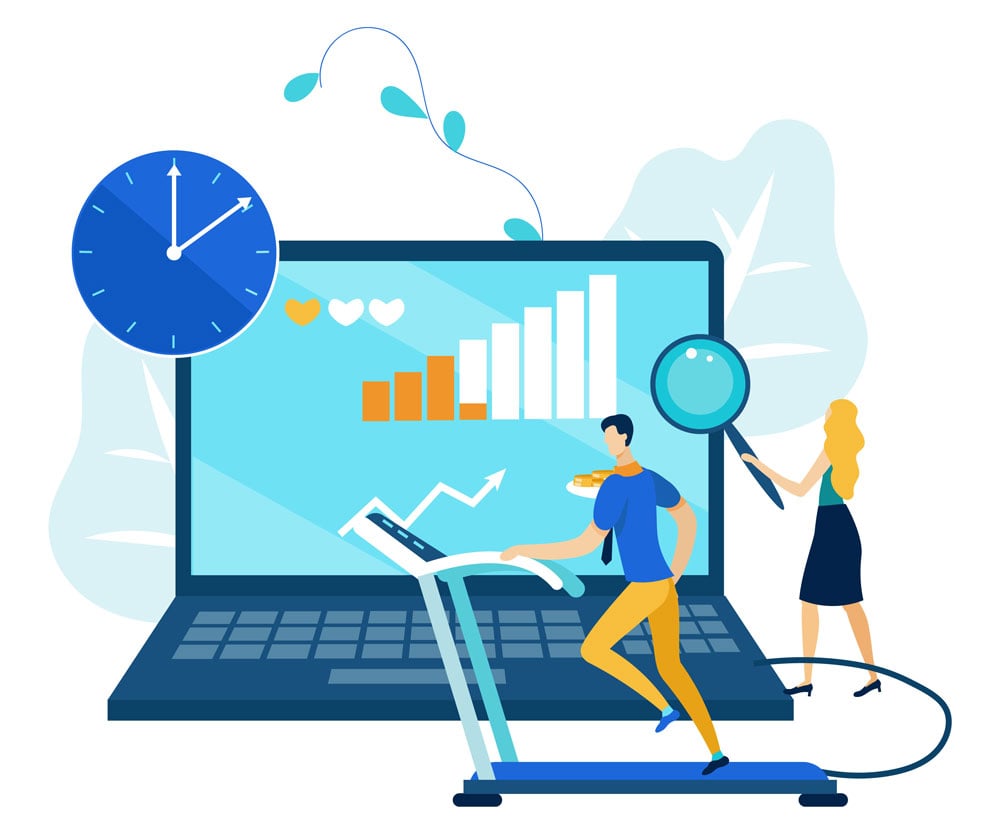
I run for fun, so why should I do such an analysis?
Who has never wanted to discover their own racing technique! There are three fundamental aspects offered by a biomechanical analysis that no one really thinks to put forward.
1: Discover yourself to improve yourself. Most runners say they never thought of doing a Running analysis , let alone the opportunity to call in specialists to study their stride, thinking that these techniques were only accessible to international level athletes. But every runner has full access to these biomechanical studies, but you still need to know which door to knock on.

2: Finding the cause of certain injuries: All runners, whatever their level, experience frustration due to recurrent injuries whose cause is sometimes not specifically identified by the doctor or physiotherapist. Video analysis will allow you to look at the whole body in its movement and identify the main cause of the imbalance. This video analysis will then allow to discuss more easily and in a much more concrete way with other health professionals in order to find the solution to these injuries and to elaborate a training plan more adapted with the trainer for better sports performances.

3: Image of us in society: The society in which we live today forces us to "fit into a mould" unfortunately and the physical appearance we give off has become essential. At the level of clothing in the first instance and body image in the second, man wants and must be "beautiful" when running. A video analysis can play this role and allow the person to correct certain defects in running in order to create an even more positive image of himself.
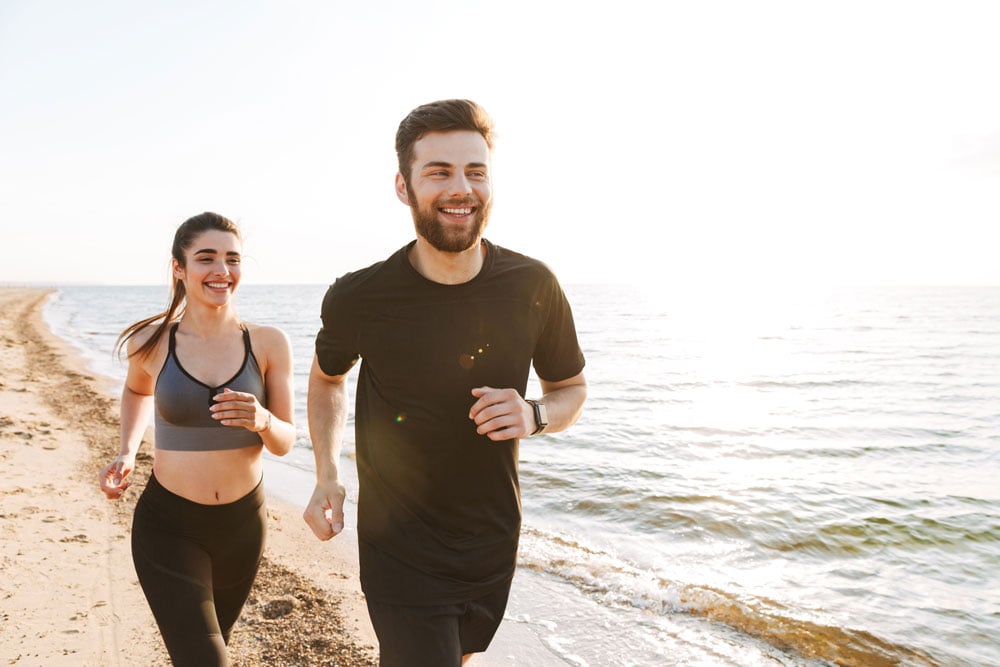
What are the benefits of a running form analysis?
- Quickly discover the mechanical anomalies of the runner
- Understanding underlying pain
- Assess posture
- Allows the runner to have a more concrete understanding of the problem as he discovers himself in action.
- Immediate results of the analysis
- Setting up a personalized treatment and/or training to promote better performance
Where can I perform a biomechanical analysis?
As discussed later, elite athletes are at the forefront of this type of analysis. The INSEP training centre in Paris allows athletes to benefit from state-of-the-art medical techniques both in the clinic and on the field. But when it comes to "Sunday" runners, the message is not the same. Numerous centres or clinics in France offer biomechanical analyses of walking to the general public where movement will be studied along the three axes of space thanks to the numerous cameras and sensors used. These analyses are therefore very comprehensive but unfortunately quite expensive and most runners cannot afford such expenses.
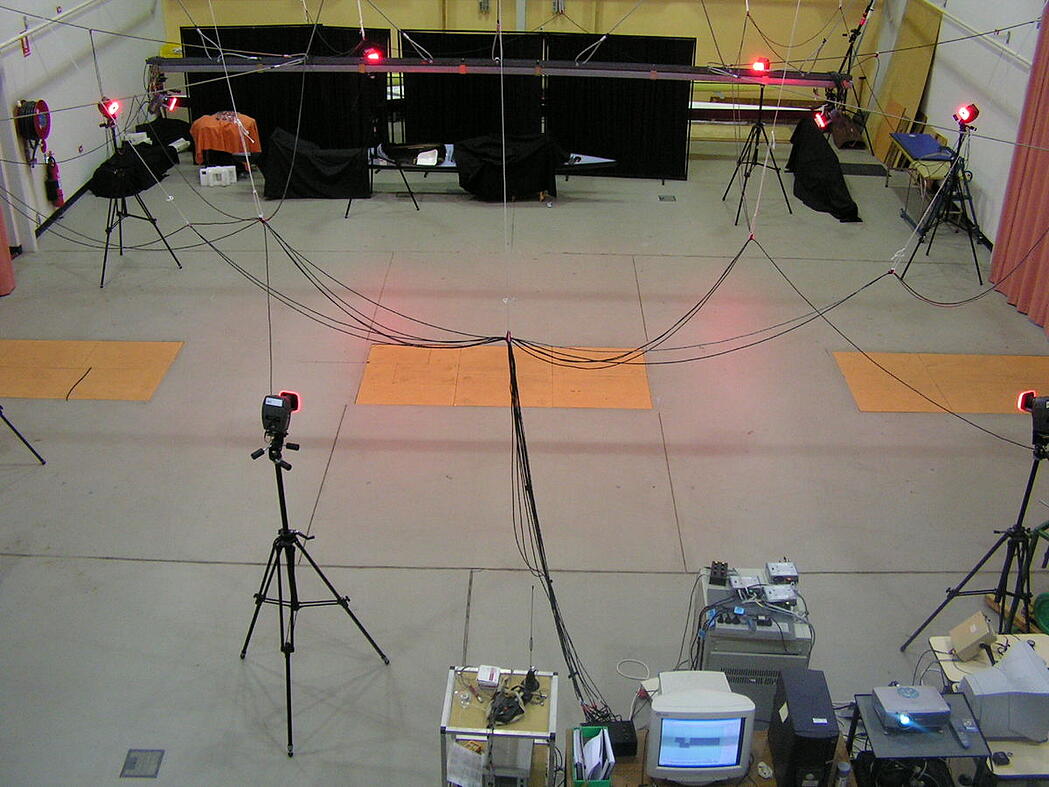
Seeing the discrepancy between experienced athletes who need results and those who simply want to have fun while watching their time drop, the OCHY application has developed a system that allows everyone, via a simple phone, to record their own race video and analyse it in real time. (Application can be downloaded to any type of phone. Here is also the website: ochy.io). In addition to an analysis and according to your needs, the application has been designed to give you a rehabilitation plan in case of injury, or muscle strengthening for better performance).
How does a running form analysis take place?
In the clinic, the experts will conduct an interview with the runner in order to know a little more about his daily activities, the number and types of training sessions done. A history of injuries, not just those that occurred during the race, will have to be detailed. This information will be of great importance in order to understand the results of the analysis.
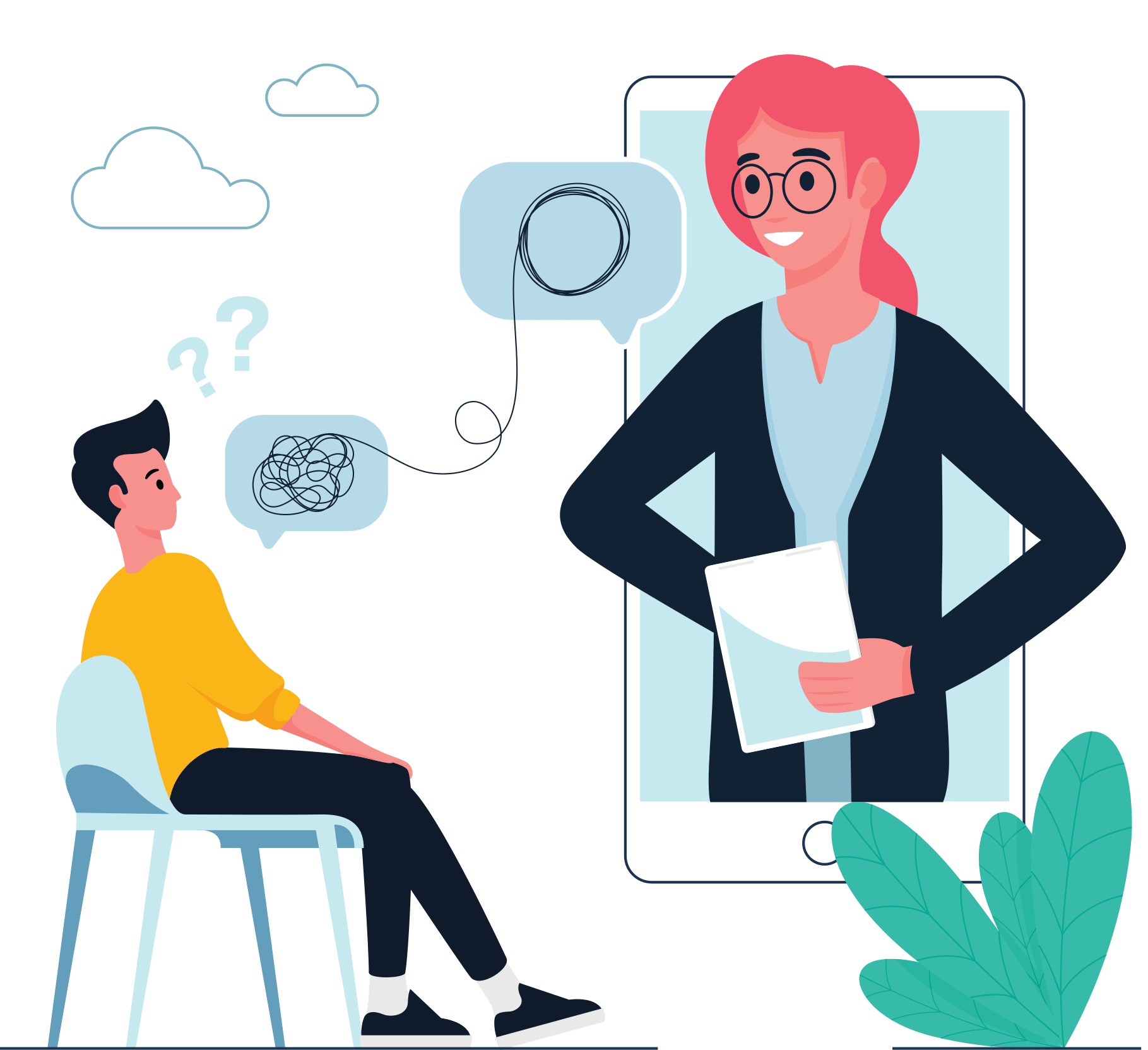
Once this interview is completed, the actual biomechanical analysis can begin. The clinician will place small pellets all over the patient's body and ask the patient to do a few running tests on the treadmill before actually recording the analysis. Often, the recording is done when the patient begins to get tired because this is when the body becomes most natural. Just as during physical activity, injuries happen when the person is tired. At the beginning of training, running or analysis, the patient pays attention to what he or she is doing.

Also, since most running tests are done in the clinic, the majority of them are done on a treadmill. This can be problematic for some runners. It is therefore a good idea to train on a treadmill until you feel comfortable on it in order to show your true running form. Otherwise, the results may be a bit "skewed".
Biomechanial analysis with Ochy
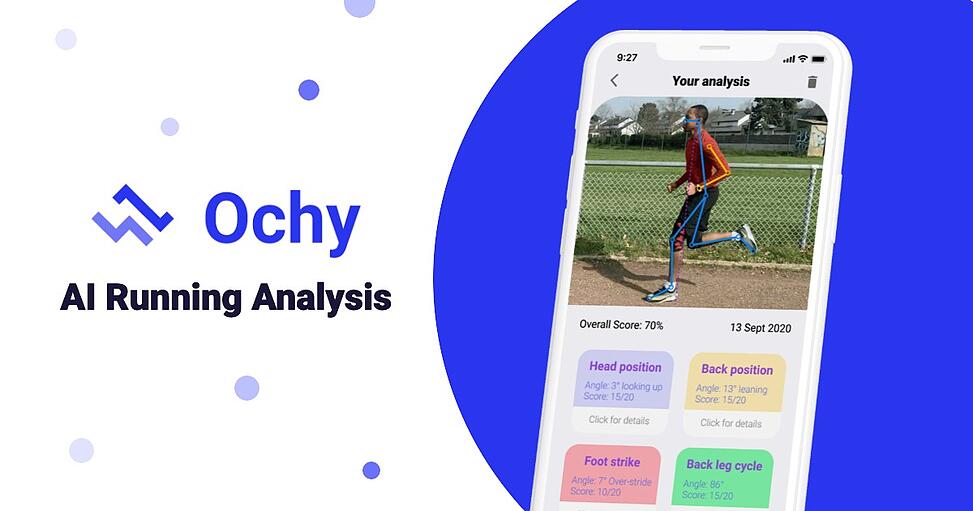
With the OCHY application, everything is simpler, faster and cheaper! Of course the results will be much less detailed than those achieved in a clinic, but isn't the most important thing in the end to simply see yourself run? The OCHY application will ask you to run on flat ground while a fixed third person will film you for 5 seconds. You will be asked to wear "sticky" clothing at the time of registration so that you can easily see the joints. In a detailed way, the application will guide you in adding red dots (neck, knee, ankles...) which will allow you to generate the personalized results. In the end, the runner will be able to discover several essential points:
- Head: gaze position
- Shoulders: Tight or relaxed.
- Back: Too much forward leaning or not
- Hip: sitting or not
- Centre of gravity
- Knee: rear leg cycle
- Foot: heel or midfoot attack
In the end, any runner will be able to share his results with health professionals, coaches or others.
Do I have to totally change the way I run?
When a runner discovers his analysis, the desire to correct everything in a very short time is obviously the mistake to avoid. Both on the side of the analyst and the analyzed, it is necessary to take the time. Indeed, if the person runs in a certain way, it is simply for a very specific reason: muscular protection or compensation, poorly treated injury, reduced mobility, etc. Actively correcting the running form is a difficult challenge, but possible over time if done intelligently. However, it is not necessary to change everything either! If the movement is done with satisfactory mobility, but in the end it "just hurts the eye" because it is not physically beautiful to see, there is no need to modify it. Changes should be made when an injury is recurrent.
In conclusion, there are now methods that allow you to treat yourself differently and improve your performance without spending a fortune. We must take advantage of them! Seeing oneself in action is always impressive and not always easy, because we imagine reflecting an image that is not quite the same in the end. But in the end the goal is to improve, right? The OCHY application offers you this opportunity, so take it.(www.ochy.io)